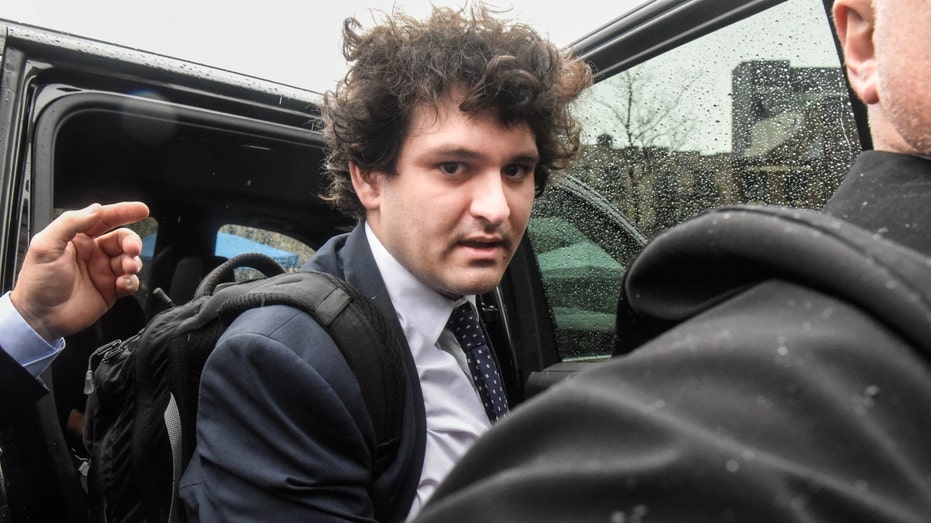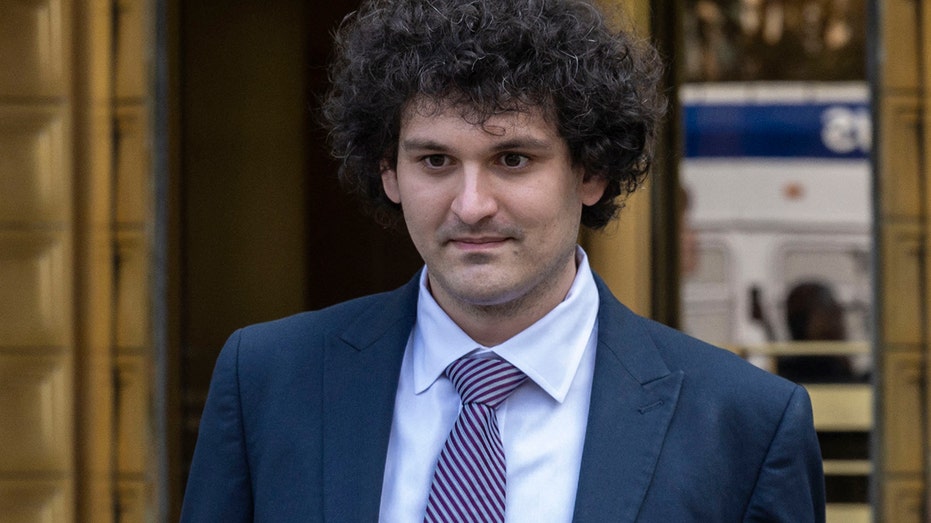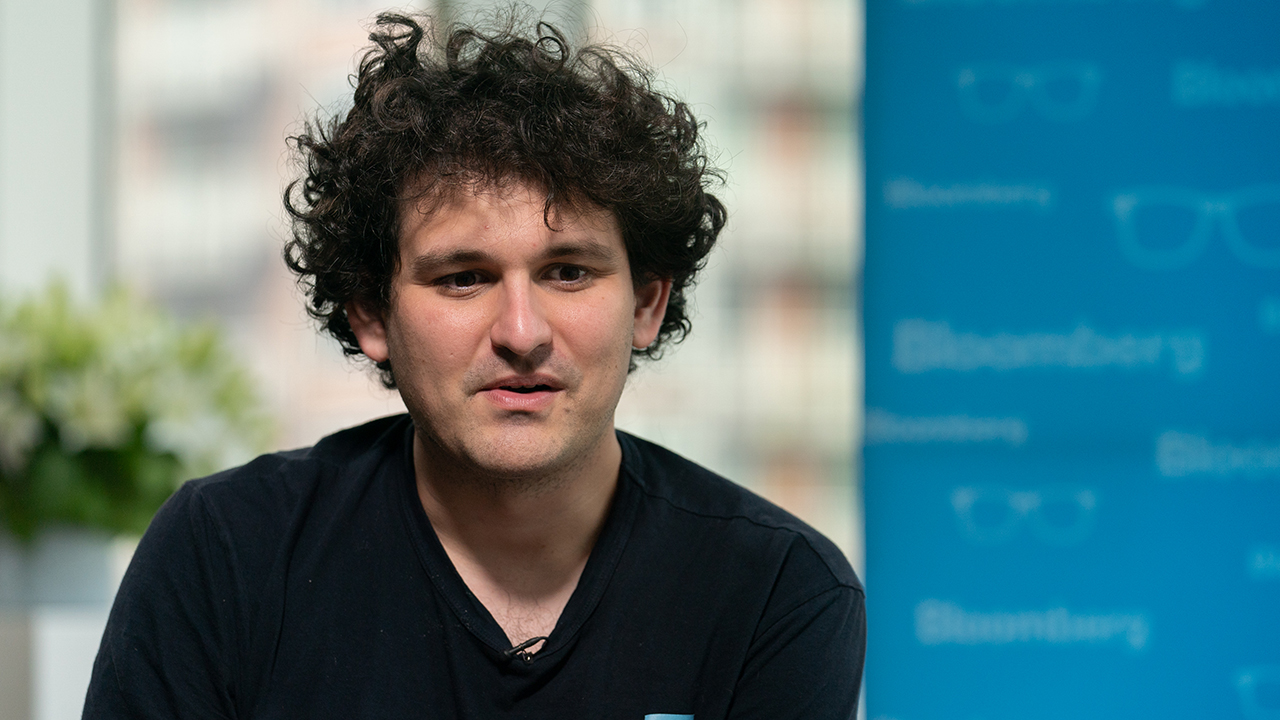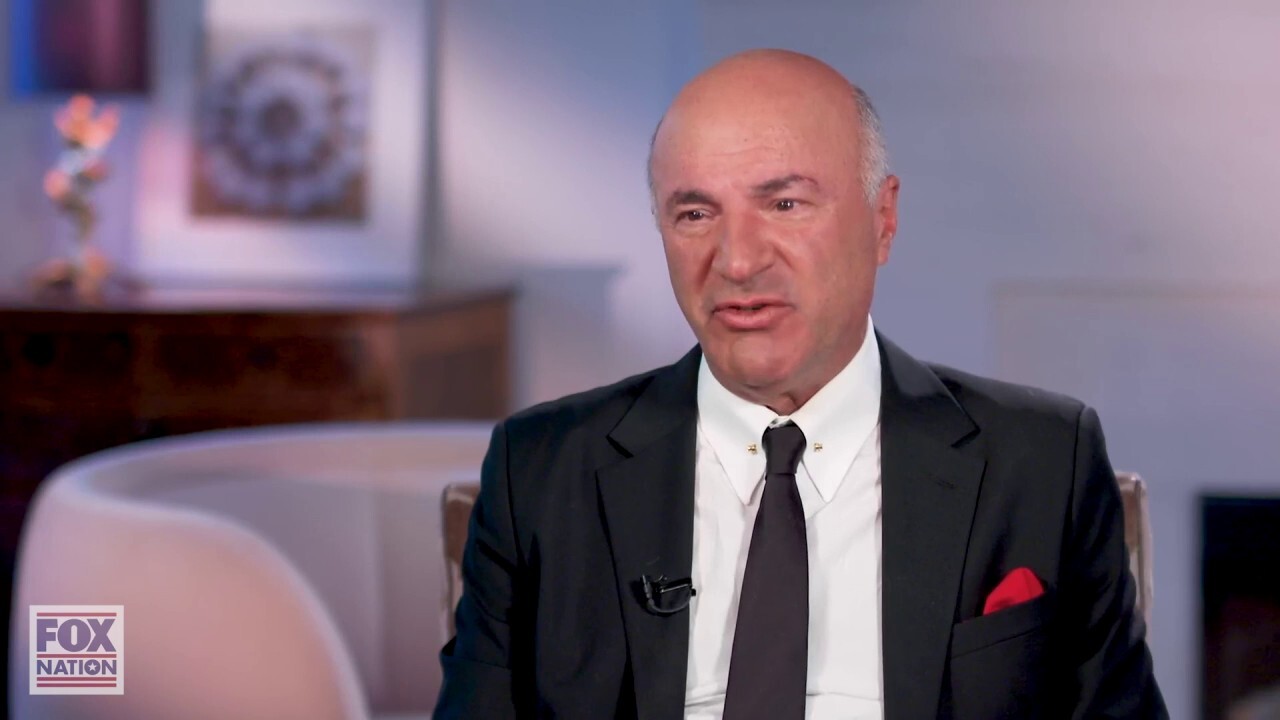FTX employees found Alameda’s secret backdoor months before collapse
The crypto exchange allowed Alameda to have a negative balance of up to $65 billion, prosecutors say
Kevin O’Leary on SBF fraud trial: ‘FTX was a big mistake’
O’Leary Ventures chairman and former FTX spokesman Kevin O’Leary joins ‘America’s Newsroom’ to discuss the start of former FTX CEO Sam Bankman-Fried’s fraud trial.
Months before the collapse of FTX, some of its U.S.-based employees discovered the so-called backdoor that Alameda Research allegedly used to withdraw billions of dollars of customer funds from the cryptocurrency exchange, people familiar with the matter said.
The employees who made the discovery reported it to the boss of their division, who discussed it with one of FTX founder Sam Bankman-Fried’s lieutenants, some of the people said.
But the problem never got fixed. In the summer of 2022, the leader of the team that raised concerns about Alameda’s special privileges was fired.
FTX FOUNDER SAM BANKMAN-FRIED’S BIGGEST FEAR IN JAIL REVEALED BY AUTHOR
The backdoor figures prominently in the case against Bankman-Fried, whose trial on criminal charges of fraud began in a New York federal court this week. The former head of FTX has pleaded not guilty to all charges.

Sam Bankman-Fried, co-founder of FTX Cryptocurrency Derivatives Exchange, arrives at court in New York, US, on Tuesday, Jan. 3, 2023. (Photographer: Stephanie Keith/Bloomberg via Getty Images / Getty Images)
Prosecutors say Bankman-Fried stole funds from FTX customers, in part, by secretly ordering the programming of "special features" that gave Alameda—his crypto trading firm—the ability to treat FTX as a giant slush fund. Court filings have revealed a line buried deep in FTX’s code that allowed Alameda to have a negative balance of as much as $65 billion on the exchange.
Normal users couldn’t go negative on FTX. They were subject to an automatic liquidation process, in which FTX sold off their assets if their balances fell below zero. But that didn’t apply to Alameda.
In the spring of 2022, a small group of employees digging through FTX’s computer code found some of those special features. They were working for LedgerX, a small U.S. crypto-derivatives exchange that FTX had acquired the previous year. They were examining whether the code for FTX’s main international exchange, based in the Bahamas, could be used in the U.S., where regulations were much tighter.
FTX COLLAPSE REPORT: ‘HUBRIS, INCOMPETENCE, AND GREED’ LED TO FAILURE
"Just wanted to point out that there are currently a few places in the…code base where Alameda gets special treatment in one way or another," Jim Outen, a LedgerX employee, wrote in a May 5, 2022, message viewed by The Wall Street Journal.
FTX crash was ‘unbelievable’: Kevin O’Leary
FOX Nation’s ‘Who is Sam Bankman-Fried?’ takes a deep dive into FTX founder, Sam Bankman-Fried, who faces over 100 years in prison for defrauding customers.
His boss, LedgerX Chief Risk Officer Julie Schoening, replied that "there are less rigid rules" on the offshore exchange, adding: "but yea we should clean up this sort of stuff."
The LedgerX team unearthed several problematic practices with how FTX managed risk and handled liquidations, including Alameda’s ability to go negative and its exemption from normal auto-liquidation procedures, the people said. The team was led by Schoening, a Ph.D. in physics who had previously worked at the Commodity Futures Trading Commission, where she analyzed high-frequency trading and market manipulation.
FTX HAS RECOVERED $7.3B IN ASSETS, BANKRUPTCY LAWYER SAYS
At the time, the significance of the discovery wasn’t fully clear to the LedgerX employees. FTX was still a respected crypto exchange, and it would still be half a year before it imploded, revealing the misuse of customer funds.

Former FTX chief Sam Bankman-Fried leaves the Federal Courthouse following a bail hearing ahead of his October trial, in New York City on July 26, 2023. (Photo by ANGELA WEISS / AFP) (Photo by ANGELA WEISS/AFP via Getty Images) (ANGELA WEISS/AFP via Getty Images / Getty Images)
Still, their team’s leader was sufficiently worried about Alameda’s treatment that she reported it up the chain of command. Schoening raised concerns about her team’s discoveries with her boss, LedgerX head Zach Dexter, people familiar with the matter said.
Dexter later discussed the auto-liquidation problem with Nishad Singh, FTX’s director of engineering and a member of Bankman-Fried’s inner circle, the people said. Dexter believed that problem was fixed after Singh removed a section of code, one of these people said.
A spokesman for Miami International Holdings, the company that bought LedgerX earlier this year, said in a written statement: "Following a thorough internal investigation, LedgerX has found no evidence that any of its employees were aware of any reported code enabling Alameda to take FTX customer assets, and firmly denies any contrary allegation."
AUTHOR DISHES ON FTX FOUNDER’S PAYMENTS TO TOM BRADY, STEPH CURRY
Singh has pleaded guilty to fraud and is expected to testify against Bankman-Fried at his trial. Prosecutors say Singh knew about FTX’s special treatment of Alameda and helped program it.
In early August 2022, Schoening was fired. The termination came after some FTX executives circulated a document containing what were purported to be screenshots of inappropriate messages she had sent to other employees, people familiar with the matter said. Some of the people said the messages were doctored or taken out of context, and suggested that Schoening irritated her bosses by identifying problems with FTX’s risk management.
Lisa Banks, a lawyer for Schoening, said: "I am unable to comment on this matter."
GET FOX BUSINESS ON THE GO BY CLICKING HERE
FTX sometimes paid off "whistleblowers who threatened to expose the true fraudulent nature of the FTX Group enterprise," according to a June court filing from the management team that has been steering the crypto exchange through bankruptcy.
Schoening hired the lawyer Banks, who threatened to sue over Schoening’s termination, the people said. The two sides hashed out a $5 million settlement but hadn’t completed the paperwork for the deal when FTX collapsed in November, two of these people said.
The spokesman for Miami International declined to comment on the reasons for Schoening’s firing. He confirmed that she is subject to a nondisclosure agreement.





















